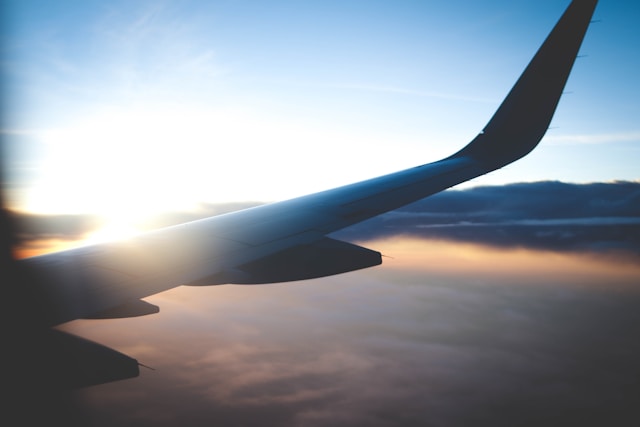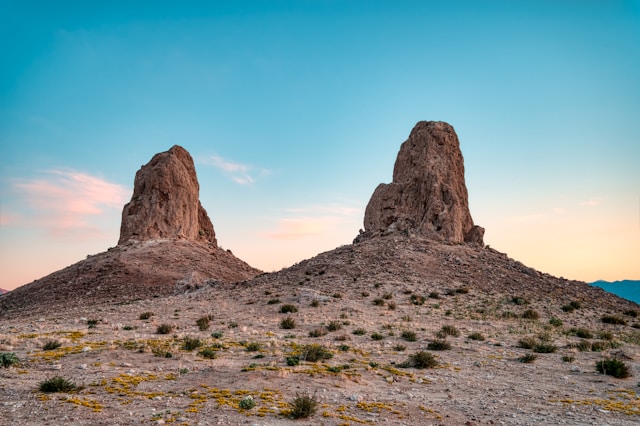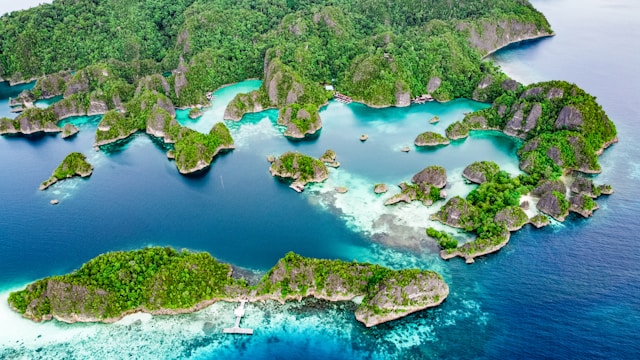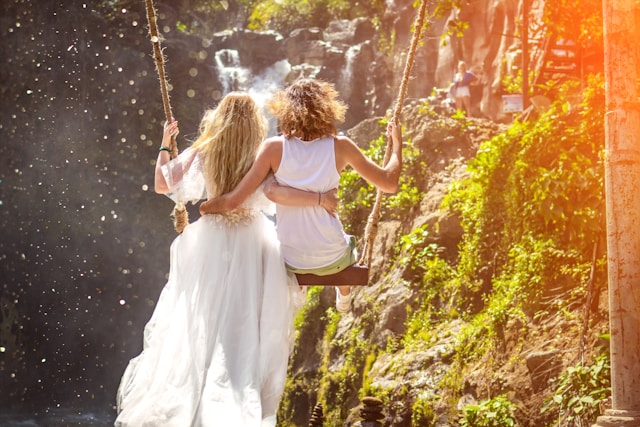Cusco, Peru — once the mighty capital of the Inca Empire — is a destination that radiates history, color, and culture. Often viewed merely as a stepping stone to Machu Picchu, Cusco deserves far more recognition in its own right. Nestled high in the Andes at 3,400 meters (11,200 feet), this UNESCO World Heritage Site is a stunning blend of ancient Incan foundations, colonial architecture, vibrant indigenous traditions, and modern-day Peruvian life.
If you’re planning a trip and wondering what to do in Cusco Peru, look beyond the typical tourist trail. Here are 7 cultural gems you absolutely can’t skip, along with practical travel tips to enhance your journey.
1. Discover the Magic of Qorikancha and Santo Domingo Church
Start your cultural immersion at Qorikancha, the Inca Empire’s most sacred temple dedicated to the Sun God, Inti. Once covered in sheets of solid gold, Qorikancha was the spiritual heart of Cusco. Though the Spanish destroyed much of it to build the Santo Domingo Church, the original Inca stonework remains — a stunning showcase of precise architecture. Walking through its halls, you’ll witness the clash and fusion of Inca and Spanish colonial styles, reflecting Peru’s layered history.
2. Marvel at the San Pedro Market (Mercado de San Pedro)
No cultural experience in Cusco is complete without a visit to the San Pedro Market, a vibrant hub of local life. Designed by Gustave Eiffel (yes, of Eiffel Tower fame), the market is overflowing with Peruvian flavors, textiles, souvenirs, and traditional medicines. Here, you can sample exotic fruits, try coca tea, and buy handwoven alpaca goods at local prices. The market is also a fantastic place to interact with locals and get a taste of day-to-day Cusco life.
3. Step Back in Time at Sacsayhuamán Fortress
Just a short uphill walk or taxi ride from the main square lies Sacsayhuamán, a massive stone fortress built by the Incas using gigantic boulders fitted so precisely that not even a blade of grass can slide between them. This architectural marvel is more than a historical site — it’s a symbol of Incan ingenuity. Visit during the Inti Raymi Festival in June to see this ancient site come alive with costumes, rituals, and indigenous performances celebrating the winter solstice.
4. Explore the Streets of the San Blas Artisanal District
The San Blas neighborhood is known for its narrow, steep streets, whitewashed buildings, and creative energy. This bohemian district is home to some of Cusco’s best artists, musicians, and craftspeople. Explore its many galleries and workshops, where you can find handmade jewelry, intricate wood carvings, and Andean-style paintings. San Blas is also home to the San Blas Church, featuring a stunning carved wooden pulpit — often called one of the most exquisite in South America.
5. Visit the Museum of Pre-Columbian Art (MAP)
Located in a beautifully restored colonial mansion, the Museo de Arte Precolombino (MAP) is a quiet yet powerful cultural gem in Cusco. It houses an exceptional collection of pre-Incan and Incan artifacts, from gold ceremonial objects to pottery dating back over 3,000 years. The museum also explains the symbolism and cultural importance behind many traditional forms of art, giving you a deeper understanding of Peru’s indigenous heritage.
6. Admire the Splendor of the Cusco Cathedral
Dominating the Plaza de Armas, Cusco’s majestic cathedral is both a religious and artistic landmark. Built on the ruins of the Inca palace Kiswarkancha, the Cathedral of the Assumption was completed in the 1600s and features baroque altars, elaborate wood carvings, and a famous painting of the Last Supper — with a twist: it includes cuy (guinea pig), a Peruvian delicacy. The cathedral and its adjoining churches (El Triunfo and Jesús María) offer a fascinating look at colonial religious art infused with Andean symbolism.
7. Experience Traditional Andean Music and Dance
Don’t miss the opportunity to experience live folkloric music and dance, whether in a plaza, cultural center, or local restaurant. One of the best places to catch a show is at the Centro Qosqo de Arte Nativo, which hosts nightly performances of traditional Andean dance, complete with colorful costumes and live music. These shows tell stories of Cusco’s heritage — from agricultural rituals to mythical legends — and serve as an entertaining, immersive way to connect with local culture.
8. Take a Cooking Class with a Local Chef
For a deeper appreciation of Peruvian culture, join a cooking class in Cusco, where you’ll learn to prepare iconic dishes like lomo saltado, ceviche, or quinoa soup. Many classes include a tour of the local market to pick out fresh ingredients. With guidance from a local chef, you’ll understand how Peru’s diverse geography and indigenous traditions shape its flavorful cuisine. It’s not just a class — it’s a cultural deep-dive through the senses.
9. Celebrate Local Festivals if Your Timing is Right
Cusco is known as the “City of Festivals,” and depending on when you visit, you might catch one of its vibrant celebrations. Inti Raymi (Festival of the Sun) in June is the most famous, but events like Corpus Christi, Semana Santa (Holy Week), and Santuranticuy (Christmas Market) also offer unique insights into local spirituality, art, and community life. These public festivals involve elaborate processions, dances, food, and are some of the best ways to experience Cusco’s rich cultural fabric.
10. Wander the Plaza de Armas and Soak in the Atmosphere
The Plaza de Armas is the heart of Cusco — both geographically and culturally. Framed by colonial arcades, churches, and bustling cafés, it’s the perfect place to relax and people-watch, especially in the early morning or during golden hour. Whether you’re watching children feed pigeons, locals gather in conversation, or musicians perform impromptu shows, the energy of the plaza is constant and captivating. Many festivals and parades pass through this square, so you’re likely to stumble upon a cultural surprise.
Conclusion
Cusco is much more than a gateway to Machu Picchu — it’s a living museum where ancient traditions blend with modern life in stunning harmony. From sacred temples and historic streets to artisan neighborhoods and vibrant festivals, Cusco offers a cultural experience that few places on Earth can match. By exploring these 7 (and more) cultural gems, you’ll uncover the heart and soul of the former Inca capital — and carry home stories far richer than just a trek to the Andes.
FAQs
1. Is Cusco safe for tourists?
Yes, Cusco is generally safe for tourists, especially in central and touristy areas. Like any city, be cautious with valuables, avoid poorly lit areas at night, and always use trusted transportation services.
2. What’s the best time to visit Cusco?
The best time is during the dry season from May to September, though it’s also the most popular. If you want to experience festivals, June is ideal for Inti Raymi. December to March is the rainy season, but the city is quieter and still culturally vibrant.
3. Do I need to acclimate to the altitude in Cusco?
Yes. Cusco sits at 3,400 meters (11,200 ft), so altitude sickness is common for new arrivals. Take it slow on your first day, drink coca tea, stay hydrated, and avoid heavy meals and alcohol initially.
4. How many days should I spend in Cusco?
At least 3–5 days are recommended to enjoy the city’s cultural highlights and adjust to the altitude before heading to places like Machu Picchu or the Sacred Valley.
5. Is it worth visiting Cusco if I’m not going to Machu Picchu?
Absolutely! Cusco is one of South America’s richest cultural destinations, with a vibrant blend of Incan and colonial history, local art, cuisine, and festivals. It’s an unforgettable city in its own right.







